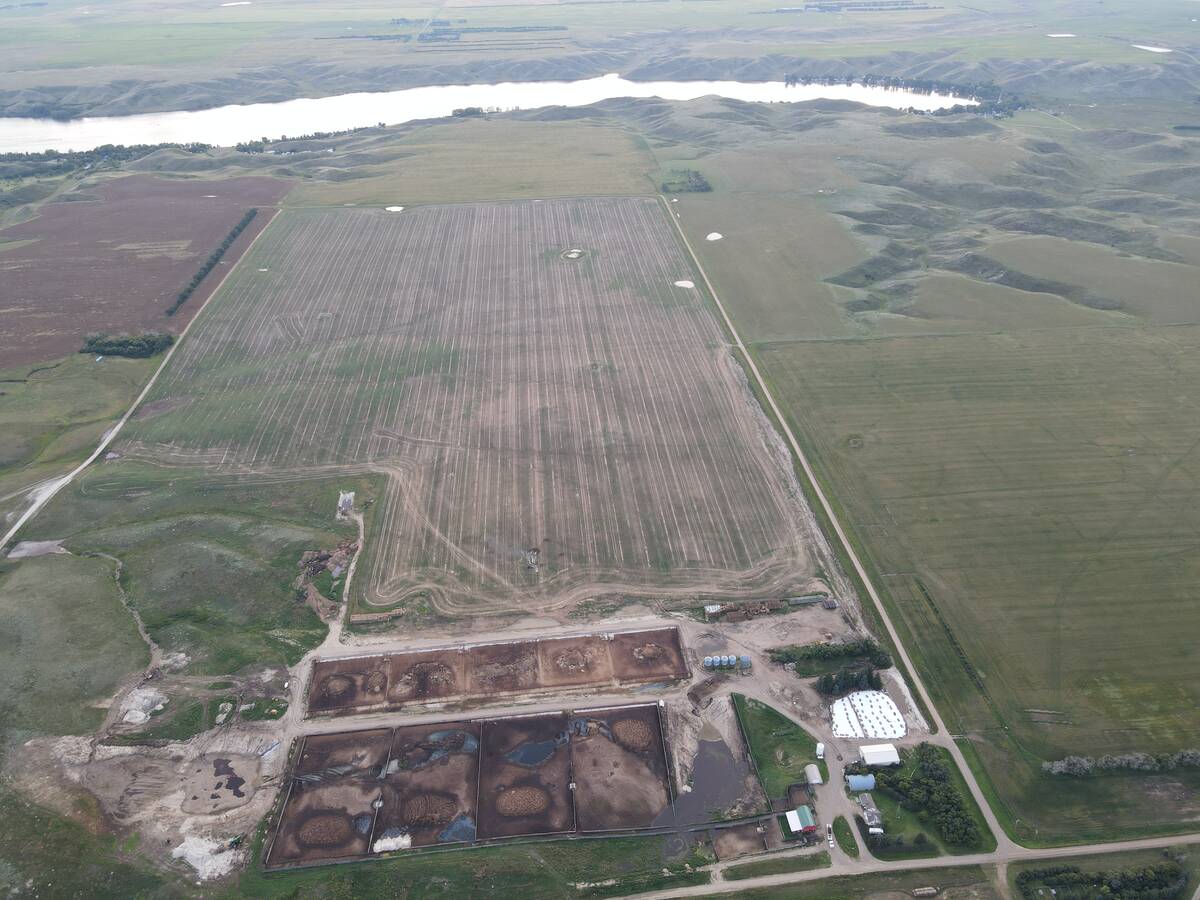Many variables affect financial performance and business outcomes.
These factors can make decision making and analysis difficult, and some are outside a farmer’s control, which adds further complexity to management.
All businesses, including farms, are tracking somewhere financially. They have an existing financial direction.
Analyzing past performance is straight forward: calculate key ratios and look at what they are telling you about your performance. However, what about how farm decisions affect future financial performance?
It helps to have financial goals or targets. The preferred approach is to define what you want your financial position to be at some point in the future, typically a five year horizon. Then determine what can be done to achieve it.
Read Also

Saskatchewan RM declines feedlot application, cites bylaws
Already facing some community pushback, a proposed 2,000-head cattle feedlot south of Swift Current, Sask., has been rejected for a municipal permit, partly over zoning concerns about the minimum distance from a residence.
Think of it as creating a financial vision for your farm. There is a business adage that says you can’t manage what you can’t measure. How do you know if you are tracking to where you want to be financially if you haven’t defined the goal?
The next step is to test the impact of decisions, either by projecting future performance, which is the most common, or forecasting future performance.
Farmers will often present their historic financial statements and a set of financial projections to a lender to support a financing proposal.
A financial projection is an estimate of future financial outcomes, starting from a current position, typically the calendar or fiscal year-end. The method starts with the end of the year and projects what will happen in the future if certain events and conditions occur, including production, sales and expense estimates.
Hypotheses and numerous assum-ptions are required.
A financial forecast is an estimate of future financial outcomes using historical financial information. This can be done by averaging the past five years of net income and then using the average to develop financial statements for the next five years. It tells businesses that this is the financial performance they will achieve if the past five years were to happen again. It requires no hypothesis and limited assumptions — as few as three.
Advantages
- Factors in historical performance.
- Factors in non-typical or extra-ordinary events that are often outside a farmer’s control.
- Eliminates bias and emotion.
- Establishes a base line for reference.
- Relatively easy to do.
- Lenders are increasingly looking to past performance as an indication of a farm’s financial capacity.
Disadvantages
- Doesn’t factor in changes to management or investment.
- Doesn’t integrate cash flow or changes in production.
- Typically will require additional information, such as a cash flow, to support lending decisions.
- Structural changes within the past five years can affect results.
Advantages
- Factors in changes to manage-ment or investment.
- Integrates cash flow and production.
- Typically provides information to support lending decisions.
- Commonly applied in production agriculture.
- Structural changes, or extra-ordinary events, can be excluded.
Disadvantages
- Doesn’t factor in historical performance.
- Doesn’t factor in non-typical events.
- Includes bias.
- Provides a limited base line for reference.
- More complex to do because it requires numerous assumptions, such as production decisions, income-expense expectations and timing factors.
Many farmers will use more conservative estimates of production, price and expenses to ensure the projection they are evaluating will “work” if the farm encounters one or more “bad years.” These estimates may or may not correlate with the past performance. A forecast does in fact “pick up” past performance and factors it into the future.
You can analyze the impact of future decisions by testing them against the base line or forecast, which represents what would happen on your farm if the last five years were to happen again on average and if no changes were made.
Will what you are considering result in better financial performance?
Will what you are considering give you a better chance of achieving your financial goals?
I prefer a forecast method because it minimizes assumptions and eliminates personal bias. This helps separate business from emotion.














